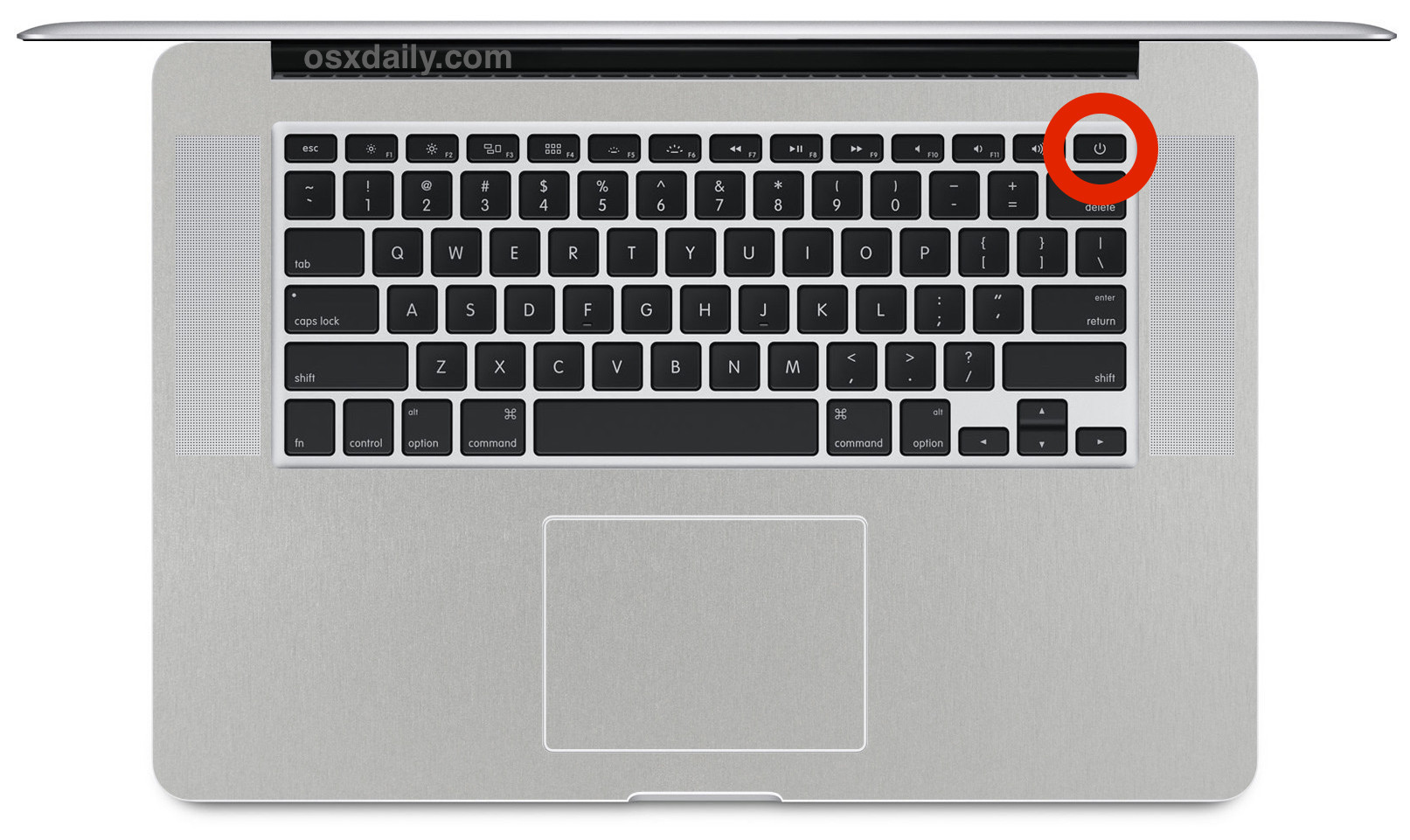Command For Program Shut Down On A Mac
Command-Tab, Command-~: The first of these shortcuts will activate Mac OS X’s built-in application switcher, which will let you switch between active apps running on your Mac. Keep holding down. How to program the PC to shut down (Windows) Windows has only one command to program the automatic shutdown, but two ways to use it. It can usually only be used once, but with a few extra steps you can create a permanent rule so that the system is always shut down at the same time.
Note that when we refer to the Power button below, you may see an Eject button instead. Use either the Power or Eject button, whichever is in the upper right of your keyboard, to activate the following instant actions. To reboot your Mac instantly, hit Control-Command-Power/Eject. To immediately shut down your Mac, hit Command-Option-Control-Power/Eject.
Shut down your Mac, put your Mac to sleep and more with these tips. Save time by using key commands to perform common tasks. Back in the day, I used to care for a couple of labs full of. The standard ways to restart and shut down your Mac are in the Apple menu. These options will close each program as cleanly as possible, allowing you to save documents and settings, and quitting them only when they are ready. If you want to shut down your Mac after a certain number of minutes — say, 10 — then type the following command: sudo shutdown -h +10. This specific command will begin the shut down process of.
How To Force A Program Shut Down On A Mac
To Log yourself (or any user) off of your Mac without using a menu or mouse, hit Command-Shift-Q. To put your Mac right to sleep, the poor dear, hit Command-Option-Power, and hold them down for two seconds or so.
To turn off your Mac’s display immediately, hit Shift-Control-Power. Go ahead, try it! To wake your screen back up, just hit the Spacebar key. Now you have the magic keys to the kingdom, at least as far as shutting down or restarting your Mac on the fly without needing to use an onscreen button, mouse, or menu. Just remember that with great power comes great responsibility. Source: Image.
How to Shut Down Your Mac You can shut down your Mac if you won’t use it for an extended period of time or even perform a forced shutdown, which forces all running programs to shut down immediately. You have three ways to shut down your Mac: • Choose the Apple key→Shut Down. A dialog box appears, asking whether you’re sure you want to shut down. Click Cancel or Shut Down. (If you don’t click either option, your Mac will shut down automatically after a few minutes.) • Press Control+Eject (or press the power button). When a dialog box appears, click the Shut Down button. • Press and hold the power button to force your Mac to shut down.
These products sound either not enough or too much, similarly the text editors sound inadequate. Download pdf editor for mac.
You can also force shutdown your Mac by pressing the Control+Option+Command+Eject keystroke combination. Generally, a force shutdown is handy if your entire Mac suddenly freezes or hangs, making it unresponsive. If only a single program is freezing or acting flaky, you’re usually better off to force quit that single program instead of shutting down your entire computer. Avoid using a force shutdown if at all possible. If you do nothing when you see the dialog box that asks, “Are you sure you want to shut down your computer now?”, the machine will turn itself off in two minutes. If you want to shut down immediately, click the Shut Down button.
Command For Program Shutting Down On A Mac

If you’ve changed your mind, click Cancel.
• When the 'X' icon appears next to the highlighted name, click X to remove the name from the list, or press the Delete key on the keyboard. • When the entry appears in the list of suggested names, move your mouse pointer over the name until it becomes highlighted, but do not click the name. Read receipt on outlook for mac.